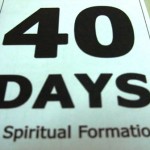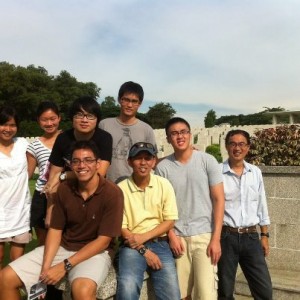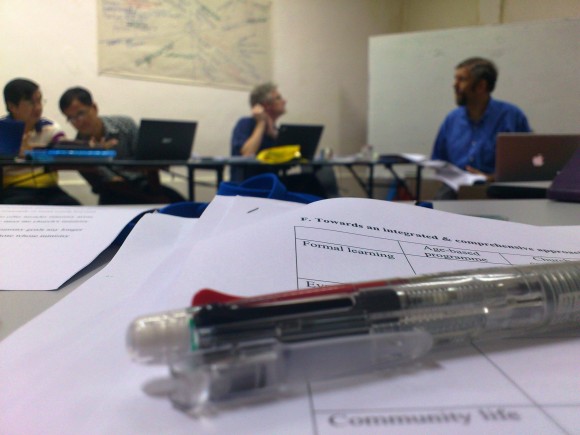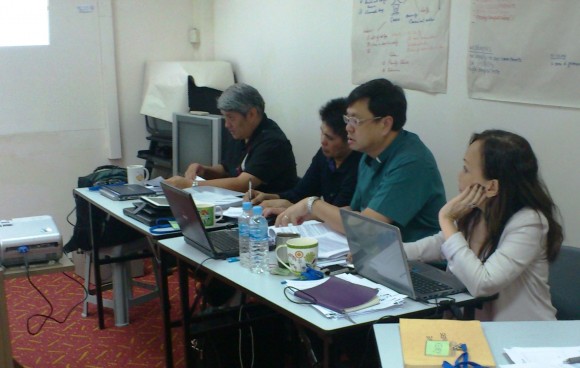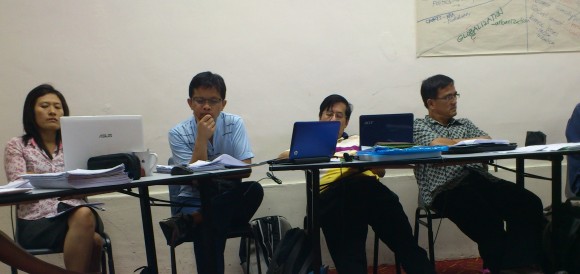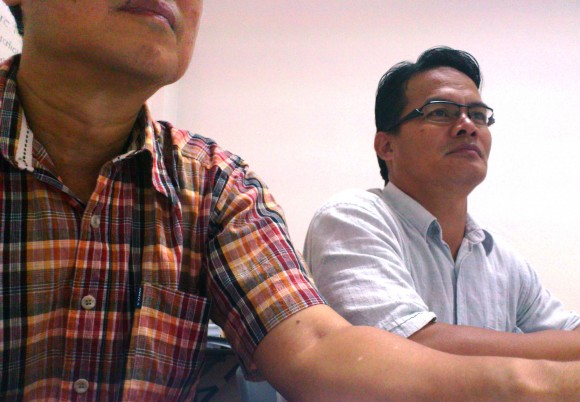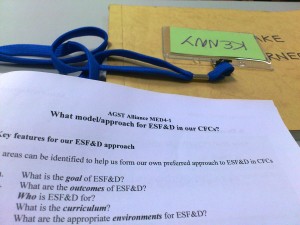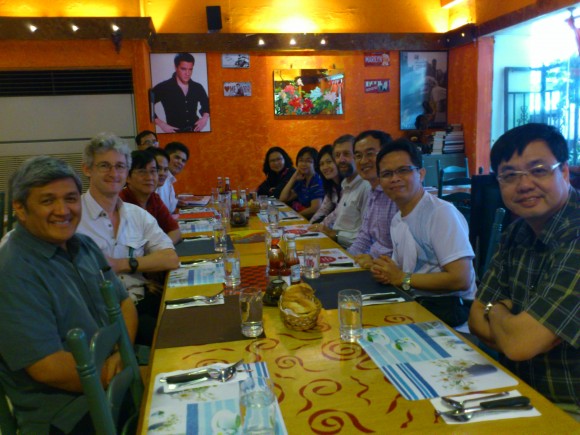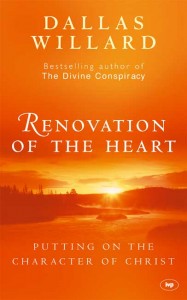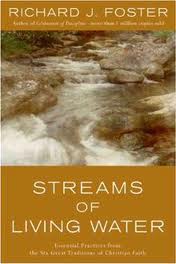 A mature faith
A mature faith
One of the marks of a mature faith is that it is sufficiently secure to explore other Christian traditions and discover in them good which they can incorporate into their life without losing their roots in the essentials of faith in Christ. One of the early steps we can take to hop out of our wells and widen our appreciation of the larger body of Christ is to read this interesting book. It is substantial without being too academic. It will give you food for thought, and stimulate desire for holistic growth.
General content and development
The author identifies six traditions from the various movements in church history and categorizes them according to their unique emphasis in faith and practice. They are the contemplative, the holiness, the charismatic, social justice, the evangelical, and the incarnational. He argues that the essence of these major traditions find their embodiment in the person of Jesus, and since we are called to follow Him, these traditions and practices are to be nurtured in the life of the believer and the church. He unpacks each tradition by using 3 persons as illustrations: a historical figure; a Bible character; and a contemporary person. The he describes the tradition and lists its strengths and perils and suggest practical applications.
One example of how he develops his subject is the charismatic tradition where he first uses St Francis of Assisi as the historical figure that epitomizes this stream; and then St Paul the apostle as the biblical example of the charismatic; and finally, James Seymour, the leader in the Azusa Street outpouring, as a contemporary example. Next he shows how the tradition is supported by scripture. Moving from this base, he lists charismatic strengths, one of which is empowering to serve; and a list of perils, one of which is rejecting the rational and intellectual. Finally he gives practical suggestions of how to be more open to follow the promptings of the Spirit.
Debatable choices and Third World absence
Naturally it is debatable who would be the best candidate to represent each stream. For example, the use of St Francis to illustrate the charismatic tradition could just as well, or even better represent the social justice tradition. Dietrich Bonhoeffer could be a candidate for social justice instead of holiness. I would have thought someone like bishop Oscar Romero should not be left out of the book completely. He should at least appear in the list of notable figures and significant movements in appendix B. Sadly sterling Asian men of God like Watchman Nee, John Sung, Bakht Singh and Wang Ming Dao were conspicuously absent.
The book does not sufficiently argue the how and why he arrived at the six traditions and not one less, or one more? Could there have been an additional tradition that did not make the list and why not. It would have been enlightening and more convincing if the reader had some access to the arguments, even if only in an appendix.
An incomplete end?
The conclusion was too abrupt. He could have debated about whether the Bible posits an ideal of every Christian having all these six traditions in full mature expression, or whether what is seen of the six traditions, and in Jesus is meant to be expressed not through the individual, but through the corporate or community expression of the Body of Christ, whether in its local expression, or in the universal expression. It would have been good for the author to identify the contemporary situation: are all streams represented in today’s church? Which denomination is displaying which tradition best? And discuss if what God intended is actually having different members or “tribes” of his worldwide church displaying these streams in varying strengths so that together they present the fullness and the ideal.
A good and important read
However what I like about the book are many. This book has broadened my perspective and understanding. The natural tendency is to be entrenched in our own tradition and to denigrate those of others. Reading this has deepened my appreciation of the richness of the faith that the Lord of history has deposited into the life of the church over centuries, a treasure not to be despised.
Another asset is how the author shows that the various strands are inter-related to each other. Out of a rich contemplative life would flow a life of holiness and the charismata of the Holy Spirit. Logically too such a person would have power to be and to live compassionately. Justice and compassion cannot go without the evangelical witness of the Gospel message. And all these traditions must be embodied in people who live ordinary everyday lives and this is the incarnational tradition. What a joyful dance the inter-relationships point to!
 Richard J Foster is a well known author of best selling books like “Celebration of Discipline”, “Prayer” and other books on spirituality and spiritual disciplines. The tradition that nourished him is the social justice tradition of the Quakers. There are Quakers of the more liberal sort, and those that are very evangelical, and he belongs to the latter.
Richard J Foster is a well known author of best selling books like “Celebration of Discipline”, “Prayer” and other books on spirituality and spiritual disciplines. The tradition that nourished him is the social justice tradition of the Quakers. There are Quakers of the more liberal sort, and those that are very evangelical, and he belongs to the latter.
This is also one book where I read all the appendices. The summary of church history from the lens of the six traditions and the list of notable persons and movements in history was a different approach I liked. And though they were not as exhaustive as I would prefer it to be with respect to Asian and African representation, they helped to strengthen the author’s thesis. I have benefited much from reading this book and will explore further its proper application to life.
Read More →

